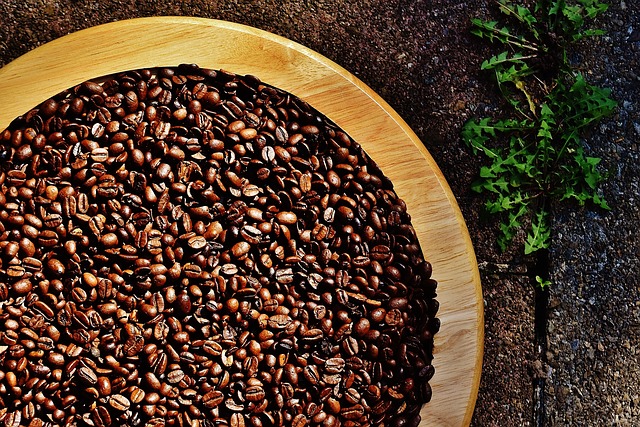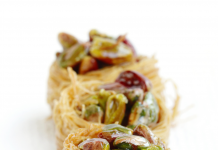Buying roasted coffee beans to local merchants is a lot convenient, but roasting the coffee beans at home is one of the best ways you can enjoy your cuppa because it is a guarantee that every cup of coffee you make is fresh, and roasted exactly to your taste.
Of course, when roasting your coffee beans at home, you need a few supplies for roasting, and the coffee beans to roast.
There are many ways to roast coffee beans at home, and you can use a microwave oven, popcorn machine or a purpose-built roasting machine, but the most approachable and inexpensive way to roast coffee beans is by using a frying pan.
However, using a frying pan to roast coffee beans is quite challenging that is why you need to practice a couple of times to get the hang of it.
Can I use any frying pan I have?
You can use any pan that will hold the coffee beans and that you can safely place on a burner. A skillet or soup pot would work, and a nice round bottom wok would be the best. The biggest factor in pan selection is that you want to use a metal pan that’s thick and doesn’t have any kind of coating: carbon steel, stainless steel or cast iron are all excellent choices.
So here’s how to roast coffee beans in a frying pan at home.
Equipment
- Electric or gas burner, pan, oven mitts, stirring device (wooden spoon or wire whisk), metal colander.
- Arrange all of your equipment within easy reach. Turn on your exhaust fan if available, if not, we recommend roasting outside or with the windows open.
- Measure out your coffee beans; you want enough in the pan so that it is easy to stir them. Start with about ½ cup and adjust accordingly.
- Preheat your pan over medium heat (the exact temperature setting will depend on your stove) you want the pan nice and hot, about 500F.
- Pour in the beans and start stirring. You’ll want to keep the beans moving, but you don’t need to be too aggressive.
- Over a period of 8-10 minutes, you’ll want to see the beans proceed through a steady color change from green to yellow, golden brown to light brown and light brown to dark brown. You may need to adjust your heat level to maintain an even progression.
- At around 5 minutes or when the beans turn from golden to light brown you should hear the “First Crack”. Coffee is palatable from this stage on and it’s up to you to determine when it’s done. Keep in mind that you’ll need to dump the beans a shade or two lighter than where you want to end up. The beans will continue to cook a little during the cooling process.
- After the first crack ends the beans will continue to darken, as they change from a light brown to a dark brown you’ll hear the “Second Crack”. The second crack will continue, but from this point on you are marching towards charcoal.
- When you are ready, dump the beans into your metal colander and continue to stir until they are cool. While you are cooling the beans, all of the chaff that came off during the roasting process will fall through the holes of the colander, so you’ll want to do this outside or over some sort of receptacle.
- Once cool, allow the coffee to off-gas for at least 4 hours or overnight, then store in an airtight container. Stored properly, the coffee will be fresh for 5-7 days.
- Enjoy!
Source DIY Coffee Roasting





